The alchemy of gastronomy converges with the aesthetics of design to create an immersive experience in the ever-changing environment of commercial eating. Aside from the delicious flavors on the menu, the environment and visual attractiveness of a restaurant play an important role in molding the whole dining experience.
This article delves into the complex interplay of commercial restaurant furniture and the fundamental principles of interior design, uncovering the intricate art of coordination that transforms a simple room into an attractive sanctuary for patrons to enjoy.
Key Elements of Restaurant Interior Design
A palette of key design components is used to paint the canvas on which the restaurant’s tale unfolds. The color scheme sets the tone, establishing the establishment’s visual identity. Color becomes a silent storyteller, crafting narratives that resonate with clients, whether it’s the warm, earthy tones of a rural cafe or the vivid hues of a fashionable urban café. With a ballet of shadows and highlights, lighting appears as a luminary virtuoso, influencing mood and complementing the culinary delights on each plate.
Texture and material selection goes beyond mere aesthetics, influencing the tactile experience as well as the space’s endurance. From the smooth surface of a tabletop to the comfortable embrace of a chair, each touchpoint adds a layer to the sensory tapestry. The spatial design orchestrates the movement of guests around the restaurant, similar to a choreographer’s precise placement of dancers on stage, ensuring a harmonious and pleasurable dining atmosphere.
Commercial Restaurant Furniture’s Function
Commercial restaurant furniture, as the silent protagonists in this gastronomic drama, wears the dual mantle of functionality and aesthetic enhancement. Furniture selection becomes an art form in and of itself, from the timeless elegance of hardwood chairs to the avant-garde allure of metal and leather. Patron comfort is prioritized, forcing careful consideration of seating options that mix in with the overall design story. Each strategically placed piece of furniture contributes to the overall experience, shaping dwell time, satisfaction, and the possibility of return visits.
Color Schemes That Go Together
Harmonizing the color palettes of furniture and interior items is analogous to conducting a visual symphony. It goes beyond simple color matching, going into the psychological impact of colors and their potential to elicit emotions. Furniture becomes a dynamic performer, adding accents to the visual arrangement. The delicate balance of bright and neutral tones produces a unified visual journey in which each hue plays a nuanced function in shaping the restaurant’s individual identity.
Lighting Design Harmonization
Proper lighting design emerges as the luminary conductor, influencing the restaurant’s mood and visual narrative. Coordination of lighting fixtures and furniture selections enhances the visual impact, producing an ambient that is consistent with the chosen theme. The interplay of light and furniture amplifies the ambiance, putting each space in a carefully managed hue, whether it’s the warm glow of pendant lights above communal tables or modest spotlights spotlighting individual sitting.
Material and Texture Coordination
Material selection becomes a tactile symphony in the tactile domain of design, improving the sensory experience. Choosing materials that complement the restaurant’s theme offers a sense of authenticity and comfort. Each material choice contributes to the overall style, from the rustic beauty of reclaimed wood tables to the sleek embrace of metal and glass. The furniture not only looks appealing, but it also withstands the demands of a busy restaurant atmosphere, aging with grace.
Layout and spatial arrangement
Optimizing the flow of space is a design ballet in which furniture arrangement is orchestrated. The size and layout of the restaurant serve as the canvas, influencing the design to create separate zones that cater to a variety of dining experiences. Each architectural decision creates the story of the dining area, ensuring that guests walk through an orchestrated journey of visual delight. Intimate corners for romantic dinners, communal tables for convivial gatherings — each spatial decision shapes the narrative of the dining space, ensuring that patrons travel through an orchestrated journey of visual delight.
Coordination at its Best for Long-Term Impact
The development of a long-lasting visual identity necessitates collaboration with an experienced interior designer. Their knowledge guarantees that every choice is consistent with the restaurant’s theme and appeals to the target demographic. Beyond the initial design phase, a dedication to regular upkeep and planned modifications gives the space a fresh life. This continual curation ensures that the integrated style remains fresh and appealing over time, reflecting the ebb and flow of culinary trends and design progress.
Enhancing the Dining Experience Through Design
Transcending the visual, elevating the dining experience into a multisensory voyage. Aside from aesthetics, including sensory components like acoustics, fragrances, and tactile features is critical to creating a genuinely immersive experience. Each design decision adds to the symphony of experiences, ensuring that guests not only relish outstanding cuisine but also enjoy the sensory feast that surrounds them.
Creating a Consistent and Memorable Restaurant Experience
The construction of a unified and memorable environment emerges as an art form as we focus on the delicate tango between commercial restaurant furnishings and the core aspects of interior design. Each decision, from the carefully chosen color palette to the strategic arrangement of furniture, contributes to the space’s narrative. The restaurant transforms into a paradise where clients may indulge not only in gastronomic delights but also in a visual and sensory feast as a result of this synthesis of usefulness and aesthetics. The design’s choreographed symphony transcends the plate, enabling diners to immerse themselves in an experience that lasts long after the last mouthful.
Crafting Timeless Dining Memories
In the grand tapestry of restaurant design, the coordination between commercial restaurant furniture and interior elements emerges as the brushstroke that renders dining spaces unforgettable. As patrons step into these curated realms, they are greeted not only by delectable aromas and flavors but also by an ambiance that resonates with sophistication. The fusion of form and function, aesthetics and practicality, creates a lasting imprint on the memory of each diner. Crafting timeless dining memories is an art, and in the realm of culinary experiences, the stage is set, the furniture is arranged, and the symphony of design awaits its audience.


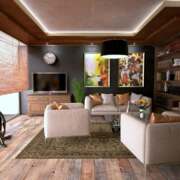
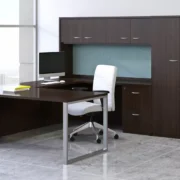


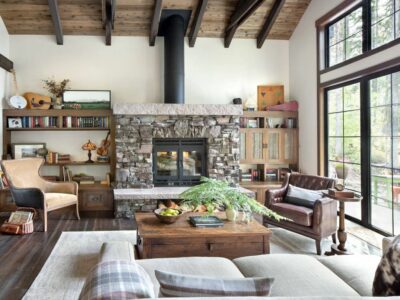
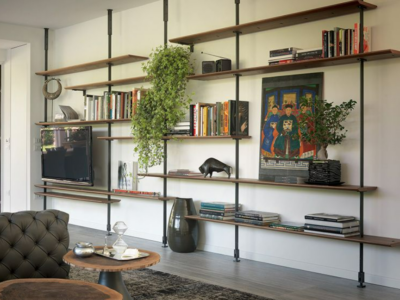
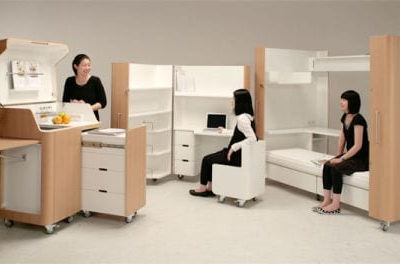
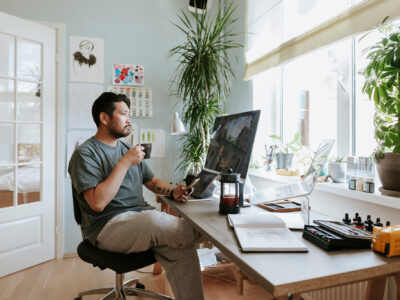
Comments